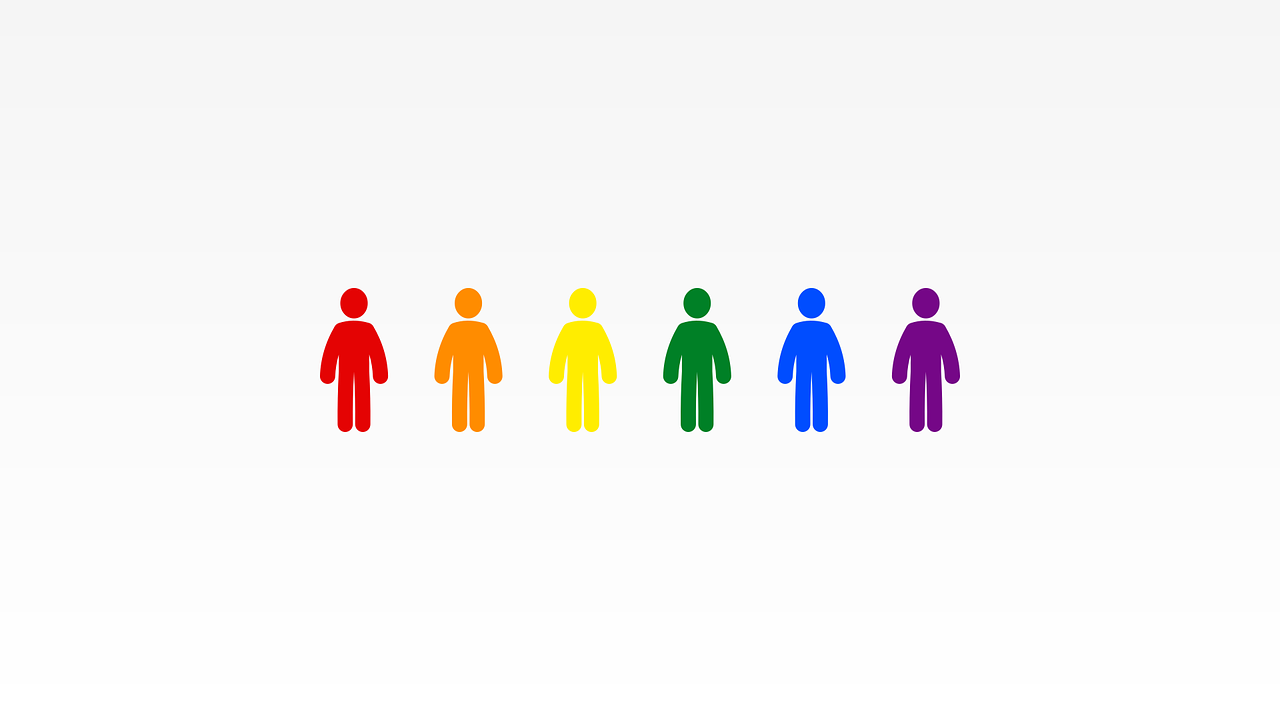“Na only God know who dey truly serve am,” that line from the streets of Nigeria rings louder today as the Vatican officially opened its doors to an LGBTQ pilgrimage, placing it on the holy Jubilee programme for the first time. For some, it looks like progress. For others, it feels like betrayal. But whichever way you see it, the Catholic Church has walked itself into a storm.
The Church of Tradition Meets the World of Rainbow
For two thousand years, the Catholic Church stood firm on what it believed: marriage is between a man and a woman, and sex is for procreation. The doctrine has never hidden its view that homosexual acts are “intrinsically disordered.” Now, more than 1,400 LGBTQ Catholics are parading into the Vatican with rainbow shirts, vigils, and prayers, celebrated as part of a sacred programme.
How did we move from calling sin what it is to handing it a microphone inside the Holy City? Where exactly in the Bible does it say same-sex union is acceptable? The scriptures are clear, the practice is condemned. Yet, here we are, watching the Church bend in the name of “diversity” and “welcome.”

The Emotional Arguments
Listen to Hugo from Canada, who joined the march: “I think a lot of barriers would come down if everybody got to know everyone else.” Or Yveline, a 68-year-old transgender woman who trekked 130 kilometres, insisting, “We are not just outsiders who are welcomed sometimes, we are part of the same family.”
These are emotional appeals, and you can almost sympathise with the human need to belong. But does belonging mean rewriting scripture? Does it mean the Vatican should dress sin in holy garments and parade it at the altar?
Modern Shame or Modern Progress?
Defenders of this rainbow turn will argue it is about love, acceptance, and ending hypocrisy in the Church. They will point to Pope Francis’ blessings of same-sex couples and Pope Leo’s decision not to reverse them. They will say young people are leaving the pews because the Church makes them feel “wrong.”
But critics will shout and rightly so — that the Church is no longer leading, it is following. Following culture, following trends, following applause. In trying to appear inclusive, it risks losing its soul. If the Church becomes a reflection of the world, then what is left of its authority to guide the world?
A Call for Reexamination
This is not about hating people. It’s about the Church knowing where to draw the line. Every Christian struggles with sin, but normalising it inside the sanctuary is another matter entirely. The Catholic Church, once a symbol of unshaken tradition, must ask itself: in the rush to be modern, has it abandoned the very Word it was built on?

















